Wheel locks, also sometimes called tire locks, rim locks, or anti-theft lug nuts, are designed to deter thieves from stealing your eye-catching alloy wheels. Unlike regular lug nuts, which share a typical hexagonal shape, wheel locks are manufactured with a unique pattern on the head that requires a special socket, or “key,” to remove.
In actuality, there are a limited number of patterns used by manufacturers, so chances are, your wheel lock and key aren’t unique to your vehicle.
A set of wheel locks includes four nuts, one for each wheel, and a single matching socket key. The idea is that even if a would-be tire thief manages to remove all of the other lug nuts from your wheel, the locking nut won’t budge.
Rather than taking the time to force it off and risk getting caught in the process, a smart thief will move on to another vehicle--or better yet, find a new vocation.
Many newer vehicles now come with wheel locks as a standard feature. However, some car owners also choose to buy them after market when purchasing a new set of wheels or installing custom rims. You can usually spot an anti-theft lug nut by its singular appearance compared to the rest of the nuts (or bolts) holding your tire on. In some instances, a wheel lock will be masked by a removable plastic cover to give it a uniform appearance.
Because most wheel lock keys are designed to fit the socket end of a standard tire iron (the L- or X-shaped socket wrench used to loosen and tighten lug nuts on a wheel), removing a wheel lock is pretty much the same as removing a standard lug nut.
Tire irons also called lug wrenches, come with a socketed end (or ends, in the case of a cross-shaped tire iron) designed to grip the head of a fastener as you rotate to loosen the nut. To remove the anti-theft lug nut from each tire, a mechanic will change out the usual socket head for the patterned one that corresponds with your set of wheel locks.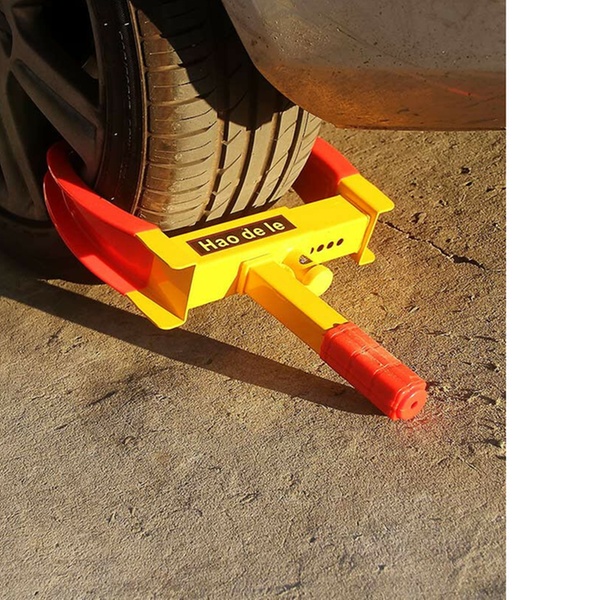
It’s worth noting that anti-theft lug nuts are intentionally designed to be difficult to remove without the corresponding key. While many mechanics can work around a lost wheel lock key using a standard socket and hammering it in against the wheel lock, the nut can still be challenging to budge without damaging the socket or the wheel itself.
Therefore, be sure to have your key on hand for any car maintenance - including brake pad replacement and tire rotations - that requires a technician to remove the wheel. Otherwise, they might recommend delaying the work until you can order a replacement key.
Pro Tip: Have your wheel lock key handy whenever a technician needs help for repairs and maintenance requiring wheel removal. Otherwise, you might need to delay repairs until you can order a replacement key (or risk damaging the wheel if you try to force it off with an ill-fitting socket).
If you’ve never used your wheel lock key, it’s likely to be hanging out where the manufacturer originally stored it.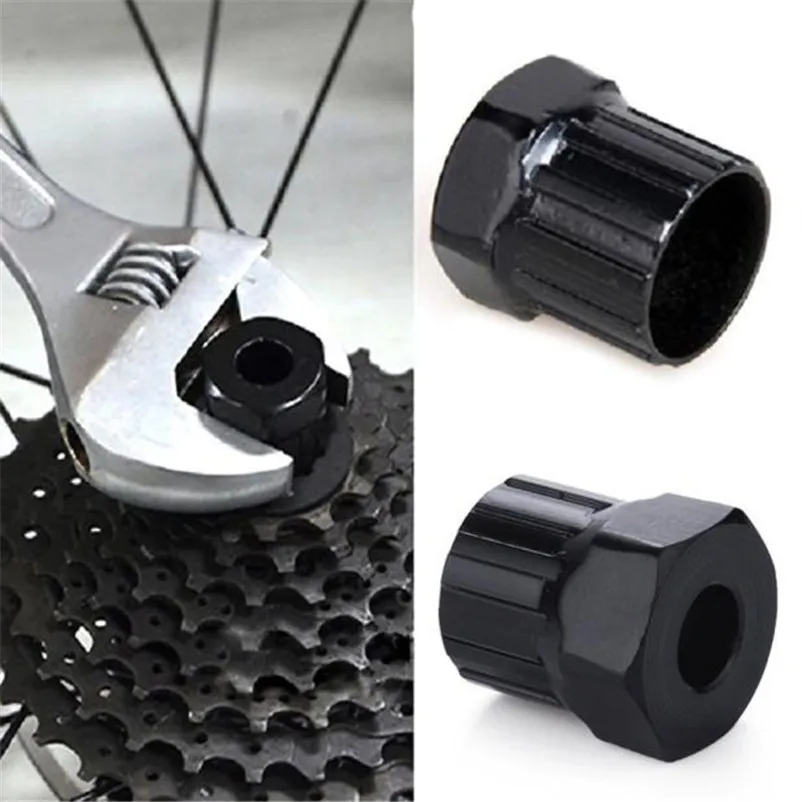
Try checking the following common places:
If you have used your lock key since purchasing your vehicle, try checking in the usual places, such as cup holders, door compartments, center armrest, seat-back pockets, etc.
Still can’t find your wheel lock key? You may need to order a new one from the dealer or manufacturer. To do this, you will need the code that corresponds with your particular key.
Generally, you can expect to pay between $20 and $120 per set.
If your wheel locks came with the vehicle, you could usually find the key code in the owner’s manual. You may also be able to bring your car to the dealer and have them remove the locks with a master key set.
You may also be able to bring your car to the dealer and have them remove the locks with a master key set.
If you purchased your wheel locks separately, you should be able to find the key code in the box or bag your set came in.
If you know the brand, make, or model of your wheel lock, you’ll likely be able to find and order a replacement key online. Otherwise, you may need to have your wheel lock removed by a trusted mechanic.
Just be sure to call ahead to see if they can help you out!
|
Questions about brake service? We're here to help. NuBrakes offers quality, affordable brake repair, completed at your home or office by our ASE-certified technicians.
Get a free, no-obligation quote on mobile brake repair near you>> |
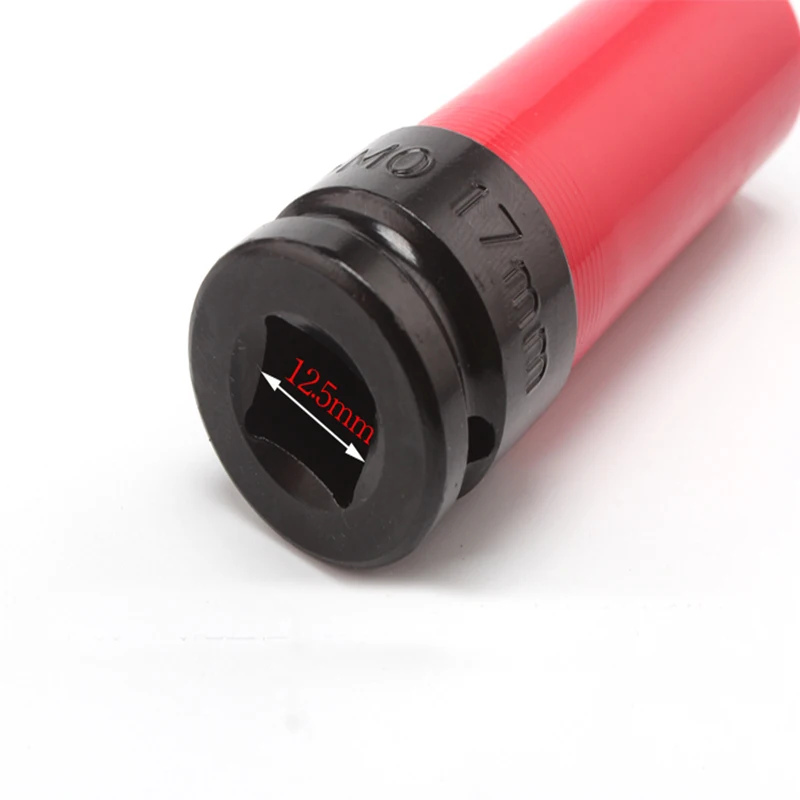 com | neiko 02457a 16 piece sae metric universal locking lug nut master key set wheel lock removal kit for aftermarket and factory wheels Introducing the Price.com browser extension. Get the best price, coupons, and cash back.
com | neiko 02457a 16 piece sae metric universal locking lug nut master key set wheel lock removal kit for aftermarket and factory wheels Introducing the Price.com browser extension. Get the best price, coupons, and cash back. Add to Chrome
| Sold By | Price | Financing | Shipping | Coupon | Cash Back | Earn Link | Condition |
|---|---|---|---|---|---|---|---|
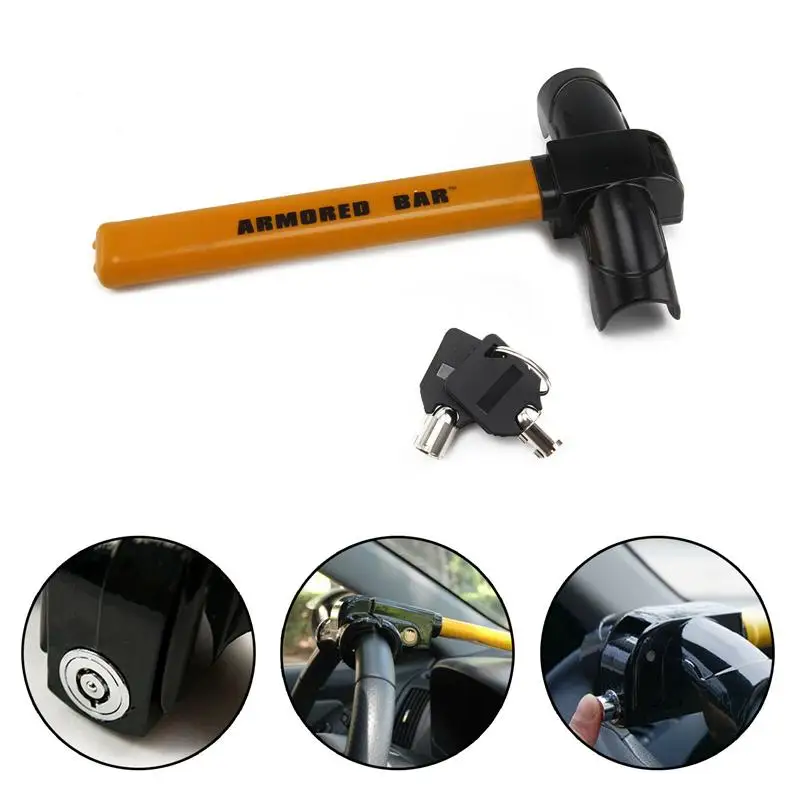 com sooner!
com sooner! Any bike can be easily disassembled into parts, which is very convenient if you need to patch a puncture near the wheel or adjust the height of the seat. But, unfortunately, this is a great opportunity for criminals. After all, thieves are not only interested in bicycles. They are also attracted to individual details, especially wheels and saddles. In fact, if you decide to leave your steel horse unattended, then in the end it may not be stolen from you, but unscrewing the saddle or wheel is a matter of a maximum of one minute. In most cases, it is saddles and wheels that are stolen. Easy disassembly is one of the main reasons. If these details are not protected, then any student can unpin them. Any passer-by can quickly remove the saddle from your bike and continue on as if nothing had happened. He doesn't need any tools. Not only a professional thief is capable of unscrewing a saddle, but also a simple bully who simply has nothing to do.
He doesn't need any tools. Not only a professional thief is capable of unscrewing a saddle, but also a simple bully who simply has nothing to do.
How can this be stopped? For example, use several cable locks at once. Cable locks can be combined with U-locks. The idea is this: one end is attached to the lock, and the other is wrapped around the wheel and / or saddle.
Cable and U-locks connecting the frame and wheelsThe problem is that the cable can be easily cut with the most common wire cutters in a couple of seconds. If you protect your bike in this way and nothing has been stolen from you so far, most likely the potential thief has not even tried.
Is there a better option? Well, instead of a quick-release clamp, you can tighten a bolt on it. Unlike "quick fasteners", which you can tighten and loosen yourself, the bolt will require a hex slot, which makes it harder for a thief. Of course, that won't stop a hex thief! But judging by experience, this is an excellent solution for inexpensive bikes. Plus, these bolts are pretty cheap.
Plus, these bolts are pretty cheap.
But if your vehicle looks pretty good, or you live in a crime-ridden area, you might want to think twice. Ideally, you need to have two locks connecting the frame and wheels. But what about the saddle? Let's look at other options. Let's start with the seat.
Yes, there are more annoying things in life than stealing a saddle. But what do you care if the saddle has already been stolen? That's when people usually think about how it could have been prevented.
The most extreme measure: remove the saddle every time and take it with you. This will definitely stop the burglar, but it's obviously not the best option. After all, in this way, in fact, we recognize that the criminals won. We were forced to carry a heavy piece of metal with us everywhere. This is clearly not what you would expect from cycling. There must be another way, right?
You could run the cable lock through the sled and then around the top fork and seat tube. Yes, the seat will be attached to the frame, but the cable can be easily snapped.
Yes, the seat will be attached to the frame, but the cable can be easily snapped.
There is a fairly popular opinion that the chain is much more reliable, because it is much more difficult to cut. Be that as it may, it will serve you faithfully for a long time.
Of course, the chain can also be cut, and some criminals carry special tools with them. Therefore, it is worth complicating the robber's task of loosening the lock. There are two ways:
So, you have replaced the standard "quick" seatpost clamp with a screw. Alas, any thief with a hex key can still pickpocket you.
You can wrap something around the nut, thereby blocking the path for tools. It can be a wire or a thick rag. It doesn't matter what, as long as it's hard to extract. Just remember: if you want to adjust the saddle, then you yourself will have to puff over it.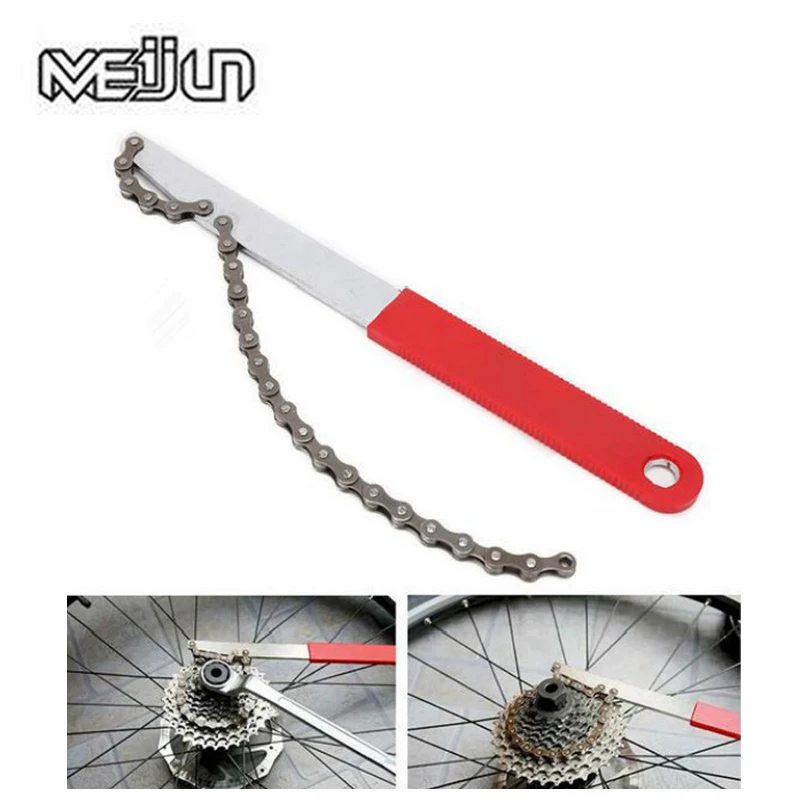
A standard clip can be glued on with superglue, and when it's time to readjust the saddle, use acetone or a Z-7 Debonder. In addition to superglue, you can use epoxy, Sugru clay, wax, or simply solder the parts. Each of these methods is good in its own way.
Remember: the safer the fastener, the more difficult it will be for you to deal with it. But on the other hand, it is a very effective way to protect any part of the bike.
If this method is too confusing for you, then you can use a more elegant (and expensive!) Method. Hexlox locks work on a certain principle: there is a small obstacle in the hole that prevents the slot from loosening the grip. The interference is an iron core on a magnet. According to the manufacturer, it cannot be removed using a more powerful magnet (since it is surrounded by a shield made of non-magnetic material), tweezers, a wrench and a screwdriver will not help either. Only the special key that comes with the lock can open it.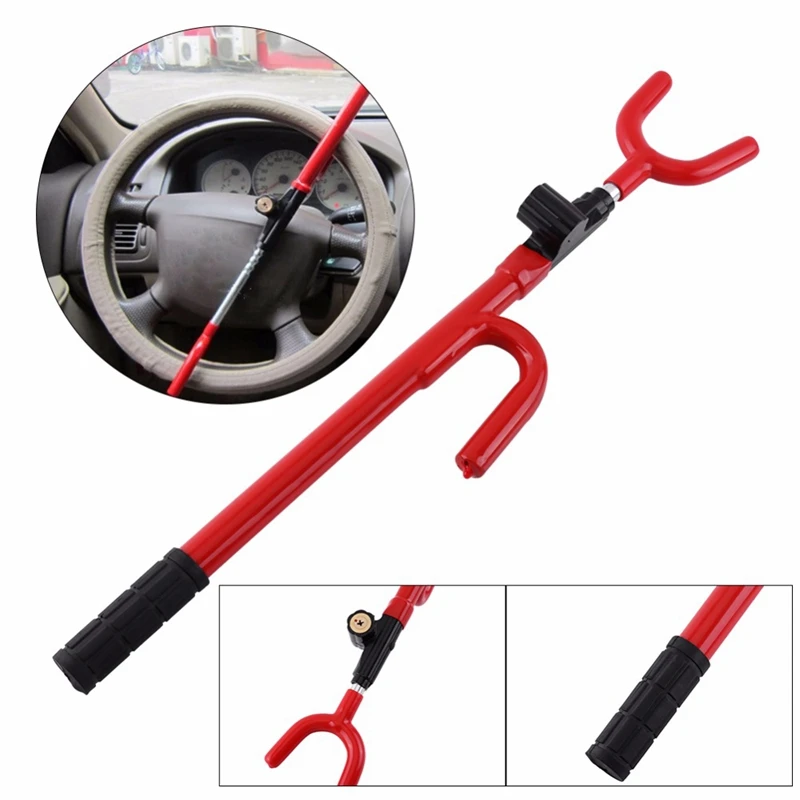
You may also like that its installation does not require any adjustments in the settings. Everything is easy and fast, and besides, it is relatively cheap!
If you are not a fan of “collective farming”, then you can purchase special reliable seatposts. Among them you will find a variety of modifications.
Some pins use keys and holes of non-standard shapes. Others close due to gravity when the bike is upright.
After all, if a robber really, really likes your saddle, then he can just cut it down with a hacksaw. If you have a good leather seat from Brooks, then maybe you should still take it with you?
Ideally, you should take two locks. With one lock you attach the rear wheel and frame to the rack, with the other you do the same with the front.
Or if you have one lock and quick-release wheels, then you can remove the front wheel and fasten it to the rear to the frame.
However, both methods have their downsides. Carrying good locks with you, that is, large and heavy ones, is another problem. As well as constantly removing the wheel.
Can't believe this is the only way out? You're right. You can take "lock nuts" specifically for wheels. Similar nuts exist for the saddle, and are much more convenient than the methods mentioned above. But how safe are they? It depends on their mechanism. Let's divide them into groups:
They look like regular hex nuts, but with a unique head shape. You will need a unique key if you want to adjust it. Since they are specific, each has its own key.
It cannot be said that each of them is unique, but there are so many different combinations, so it is unlikely that at least someone will be able to pick up the key for your lock.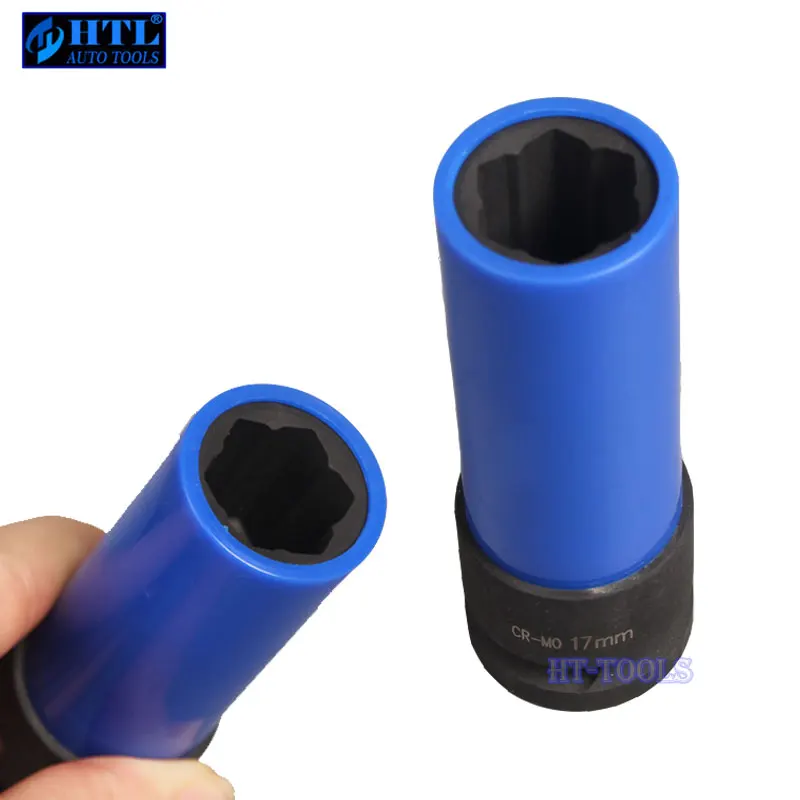
Today, such locks are considered the safest. But so far, only two companies make them: Pinhead and Pitlock.
At Pinhead you will find 11,500 different types of locks. Each key is engraved with a nine-digit code, thanks to which you can order the same key or a suitable lock. In addition, it can be registered online.
Do they work? Basically, yes. Of course, they can be opened without a key, but it will take both time and effort. Moreover, it is unlikely that the thief will have the necessary tools.
It's worth mentioning that older models could be twisted with an Allen wrench. Now they are equipped with POG washers that stop the robber.
Pinhead camlock with unique keyThere are reviews on the Internet that locks become loose over time, and therefore the key should always be carried with you to tighten the nut. But you should always take it in case of a problem.
Either way, Pinhead is a great thing.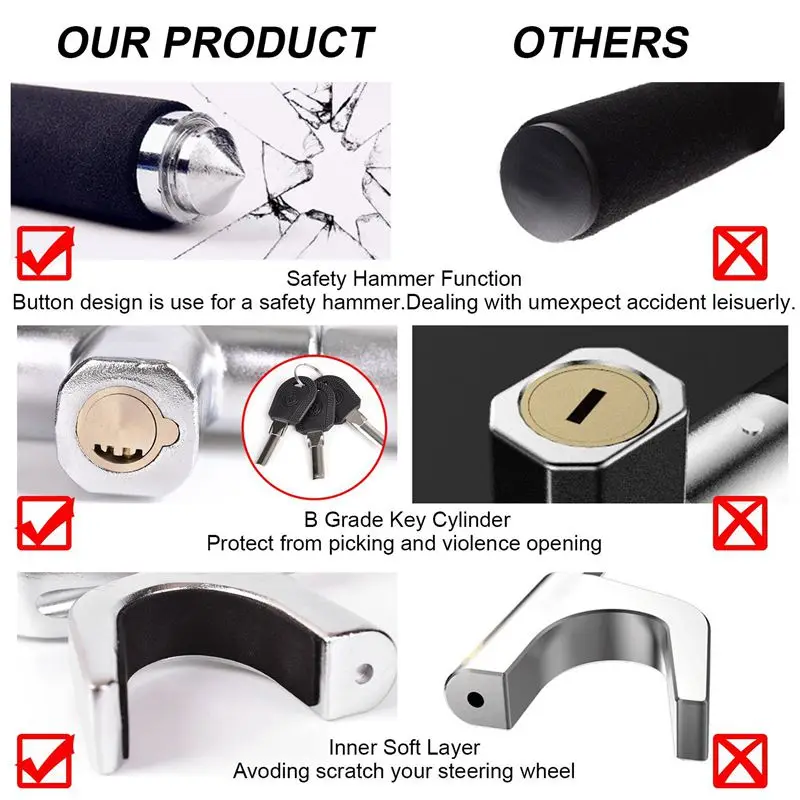 Of course, they are not as secure as the second lock, but they are much more convenient and better than a cable lock. However, it is better not to leave a bicycle with only wrenches in a dangerous area.
Of course, they are not as secure as the second lock, but they are much more convenient and better than a cable lock. However, it is better not to leave a bicycle with only wrenches in a dangerous area.
Pitlock locks boast a huge range of 1000 models. The keys come with a code card that allows you to order the same key or lock. It can also be registered online.
Pitlock cam with unique keyUnlike Pinhead, Pitlock wrenches don't have a handle, so you'll need a 10mm wrench or slot. Pitlocks are better made than Pinheads, but they cost more. We think they can be called the most reliable in their class.
This is not to say that they are as unique as Pinhead and Pitlock, but they have about 40 different types of locks.
The key is a small cylinder with a notch, like a hex, at one end and a row of teeth at the other. These teeth line up with the grooves on the locks. With such a tool, tightening and loosening the rods is very simple. Moreover, each set is unique, which makes IXOW locks more reliable than "custom" locks.
Moreover, each set is unique, which makes IXOW locks more reliable than "custom" locks.
With them, you get a service card that carries all the same functions mentioned above. Although they are not Pinheads, they are still effective against the amateur thief.
Their principle of operation is the same as that of the previous ones, except that the form is the same for everyone. This means that if a robber has a key of the same brand, then he can easily twist your lock. In addition, it can be opened with a universal socket wrench. It is clear that they are not reliable. Although they are cheaper, they are of no use, like ordinary hex nuts. It is also important to note that if you lose your key, you will have to buy a new set.
The highest quality locks in this class are Delta, Hublox, Security, Skewers, ETC and Trans-X, although they are said to be able to be opened with the most common pliers.
To be honest, if you decide to replace ordinary locks, maybe you should still look at more expensive options?
There are five global brands that make gravity locks: OnGuard, Zefal, Kryptonite, Abus and IXOW. The principle of operation is the same for them: the lock is closed when the bike is standing, and open when it is upside down. Why is it safe? Well, if you attach your bike well, then it will be very difficult to tip it over and remove the wheel.
As far as we know, OnGuard gravity locks are reissues of Zefal, so we will talk about them both at once.
Zefal locks look like quick releases, but the catch is that they can't be opened until you flip the bike over. If it is attached to an immovable object, then a potential robber will be left with nothing. A huge plus is that you do not need to take any tools with you. Just a couple of movements, and the lock becomes quick-release.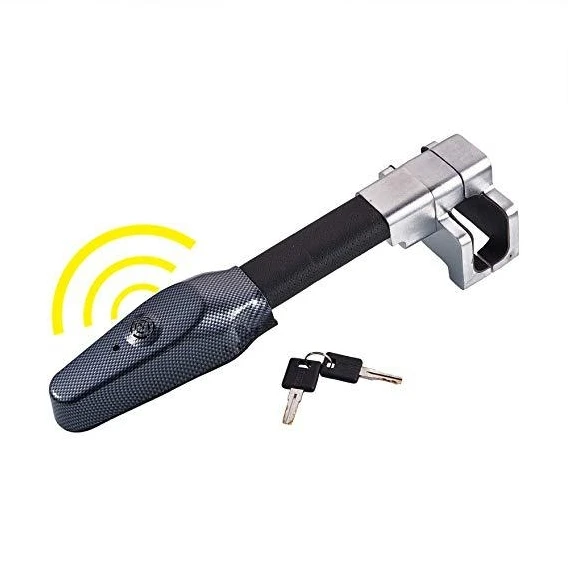 Although it is not so difficult to overcome such an obstacle. For example, find a little trick with a magnet on the Internet. What is more remarkable is the ability to take out the nucleolus with ordinary pliers.
Although it is not so difficult to overcome such an obstacle. For example, find a little trick with a magnet on the Internet. What is more remarkable is the ability to take out the nucleolus with ordinary pliers.
The next problem is that a thief might think it's just a standard clip and try to force it open. This can harm not only the bike, but also the lock itself, to the point that it cannot be opened again.
Abus cam locks, like Kryptonite, can be used for regular and quick release wheels. However, they differ in many ways.
Unlike Kryptonite, Abus offer both wheel and seat locks. Moreover, they have a large selection of colors. You will need a 5mm wrench to fit.
Abus NutFix Gravity Bike LockIt is also interesting that to release the mechanism, the bike simply needs to be laid on its side. This is not very reliable and not practical for everyone.
In any case, they are convenient to use, they are an excellent replacement for a cable lock.
Wheel locks from IXOW work in the same way as Kryptonite. They can be tightened and loosened with a hex wrench, and then only when the bike is upside down. Simply put, if you lock your bike well, the robbers will not bother you.
Gravity bike lock IXOWAs you can see, when it comes to wheel safety, there are many ways to do it at different prices and levels of protection.
Wheel protection is pretty simple. If you want to be 100% sure, then you should use good U-locks or chains.
For the rear wheel, you will need a lock that locks the frame. The front will require either a small U-lock that secures the wheel to the frame, or, for greater security, a large lock.
If this is too expensive or inconvenient for you, then you can consider other options. For example, replace conventional skewers (eccentrics) on wheels with more reliable ones. The most secure are skewers with unique keys, such as Pitlock and Pinhead.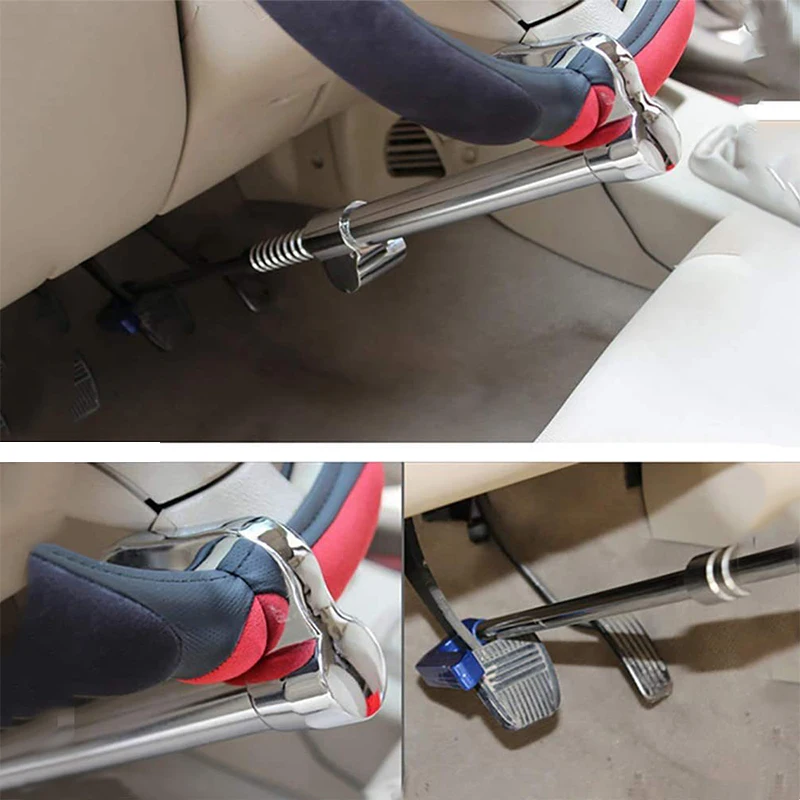 Next up are the gravity locks from Abus and Kryptonite. And the least reliable (but they are still better than quick-release ones) non-standard skewers from Hublox, ETC and Trans-X.
Next up are the gravity locks from Abus and Kryptonite. And the least reliable (but they are still better than quick-release ones) non-standard skewers from Hublox, ETC and Trans-X.
Saddles are a little more difficult. In principle, you can use the chain from an old bicycle by tying the saddle to the frame. You can also glue the bearing ball into the screw head.
In the end, if the thief really likes your seat, then you can just cut it down. If we were you, we wouldn't leave an expensive Brooks saddle for long, no matter what method you choose!
Summing up, we want to say that special skewers (eccentrics) and nuts are much safer in most cases. And much more convenient than the second lock. But if you really need reliable protection, then it is better to use two locks!
 Sometimes the locks break, or they simply stop closing the suitcase securely. In our workshop there are specialists who work specifically with locking mechanisms, and in most cases the repair takes place in the presence of the customer.
Sometimes the locks break, or they simply stop closing the suitcase securely. In our workshop there are specialists who work specifically with locking mechanisms, and in most cases the repair takes place in the presence of the customer.
On branded suitcases, built-in body and padlocks are code locks, that is, they work from a digital code. This is very convenient, since you do not need to constantly carry the key with you, risking losing it. But on the other hand, you can forget the code, which is most often the reason for contacting a service center.
Of course, you can try to recover the access password yourself by choosing a combination of numbers. But this will take a lot of time. It is much easier to immediately take the suitcase to the workshop, where the defect will be fixed quickly and professionally.
In addition to problems with coded access, malfunction of the locks can be associated with:

If you notice problems with the lock, do not try to fix it yourself, especially if your suitcase is expensive and you plan to use it for several more years. With considerable effort during disassembly, it is possible to completely disable the mechanism without the possibility of its further restoration. By entrusting the work to the master, you can count on the fact that the original lock will be repaired and will not damage its appearance.
Repair of the lock mechanism in the service center is fast. The master usually performs work according to the algorithm:
If a lock is broken not with a combination, but with a key access, then it is easier to immediately change it for a new one, especially for budget suitcases.
The suitcase will last a long time and will not require repair, if you always follow the basic rules for its operation. After purchase, carefully read the instructions, it contains all the nuances of using the travel accessory. If there is a combination lock, the instructions also describe the rules for its coding.
The lock on the suitcase must not be pulled or applied to it with excessive force, closing and opening the case. After traveling from the panel of the locking device or the inlet with a thin brush, it is advisable to immediately clean out all the small debris. Periodically, it is recommended to drip 2-3 drops of machine oil or special grease into the mechanism.
Our workshop always has the main accessories for suitcases in stock. Locks, if it is impossible to repair the old ones, we will change them to those that are suitable in size, shape, material (metal, plastic). We give a guarantee for our work. You can sign up for the repair of a suitcase by phone, in this case, in case of a simple breakdown, the master will perform it in your presence.
You can sign up for the repair of a suitcase by phone, in this case, in case of a simple breakdown, the master will perform it in your presence.
| Additional services | Price |
|---|---|
| Repair and replacement of suitcase wheels | from 650 rubles |
| Luggage wheel repair with leg | from 1300 rubles |
| Lower wheel block repair | from 1400 rubles |
| Repair or replacement of wheel block | from 1450 rubles |
| Repair or replacement of suitcase lock | from 1100 rubles |
| Repair or replacement of telescopic handle | from 2100 rubles |
| Repair or replacement of suitcase handle (replacement leather) | from 1300 rubles |
| Repair or replacement of the suitcase handle (genuine leather) | from 2600 rubles |
| Filling handles | from 2100 rubles |
| Inner pocket zip repair | from 650 rubles |
| Plastic zipper repair for suitcase | from 1100 rubles |
| Metal zipper repair for suitcase | from 1400 rubles |
| Repair or repair a tear in the fabric of a suitcase | from 600 rubles |
| Repair or straightening of a broken hull | from 1100 rubles |
| Lining tear repair | from 850 rubles |
| Gluing 1 place | from 250 rubles |
| Repair or replacement of code lock | from 750 rubles |
| Carabiner repair | from 450 rubles |
| Carabiner repair with refill | from 950 rubles |
| Mounting stops (1 stop) | from 450 rubles |
| Installation of double stop | from 700 rubles |
| Rivet installation | from 350 rubles |
| Decorative patches for corner edge wear | from 550 rubles |
| Color update (leather) | from 1900 rubles |
| Painting (leather) | from 3800 rubles |
| Scuff restoration (leather) | from 650 rubles |
| Button installation with sewing work | from 600 rubles |
| Decorative patches on body | from 500 rubles |
| Button installation (without stitching) | from 200 rubles |
Repair of suitcases in our service center is carried out in 5 main stages:
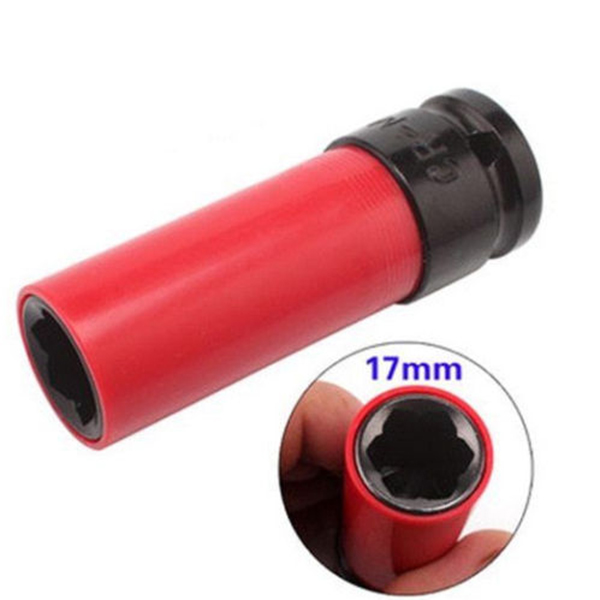 su Describe in detail the breakdown you encountered - what exactly does not work, what preceded it;
su Describe in detail the breakdown you encountered - what exactly does not work, what preceded it; All work carried out comes with an official workshop warranty. Its term depends on the complexity of the breakdown, the spare parts used and the condition of the suitcase. On average, it ranges from 2 weeks to 6 months.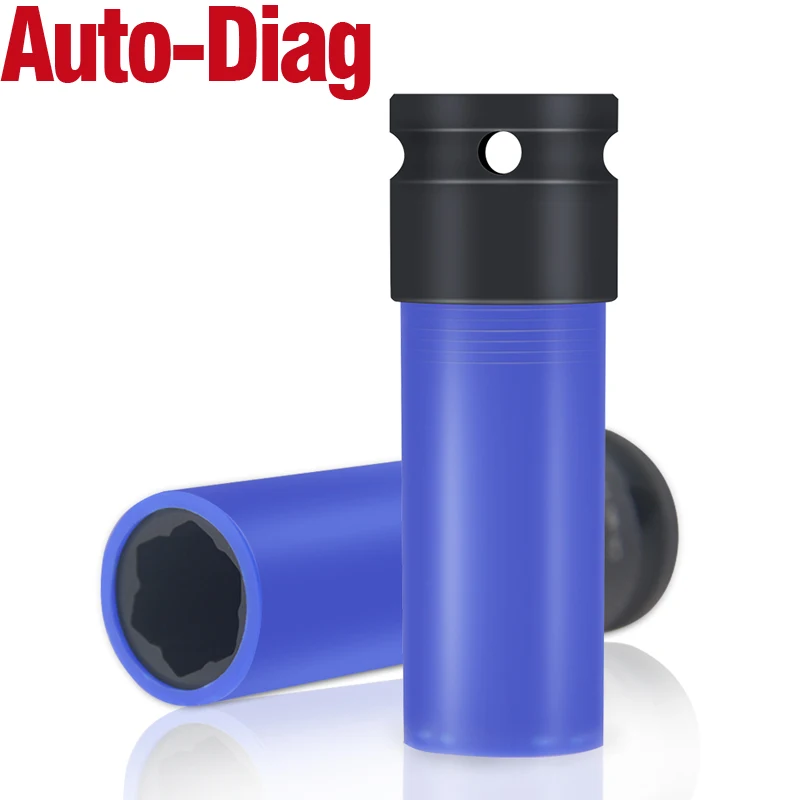 During the repair, both original spare parts and universal analogues are used (all these points are agreed with the client before the start of work) - the repair technologies approved by the manufacturer are followed.
During the repair, both original spare parts and universal analogues are used (all these points are agreed with the client before the start of work) - the repair technologies approved by the manufacturer are followed.
Cash, cards of any type: Visa, Maestro, MasterCard, Mir, as well as bank transfers are accepted for payment for repairs and spare parts. The calculation is carried out in rubles. Delayed parts are reserved for 14 days, during which payment must be made. If the money is not credited to our account, the order will be cancelled.
At the moment, in our workshop, you can pay for work in the following ways:
Any questions about payment can be asked by phone 8 (495) 256-29-29 or via mail info@remont-chemodanov.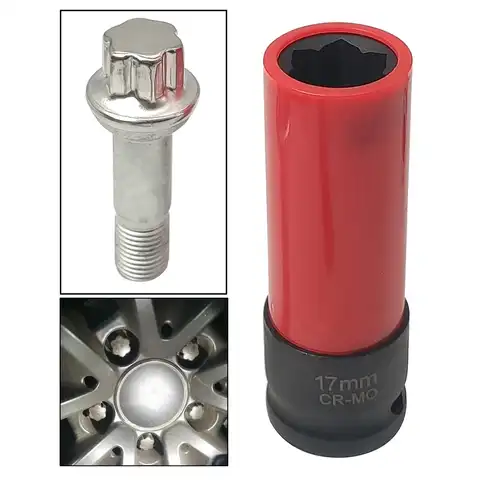 su
su
Since in our work we use branded spare parts, as well as European equipment, we are ready to provide a guarantee for all suitcase repair work performed in the workshop. In most cases, it applies precisely to the module where the manipulations were carried out. In terms of time, as a rule, it is 1 - 2 weeks, with complex breakdowns and from 2 to 12 weeks in other cases. More accurate data will be announced to you by the master at the diagnostic stage. Such floating terms add up due to the fact that all work is agreed with the client and the final decision is made by him - if you want to supply cheaper (universal) spare parts, we will do it without any problems, but the guarantee in this case will be lower than when using original accessories.
If, after the repair, you have the same breakdown again, the master will repair your suitcase for free and issue a new guarantee. You also have the right to refuse repairs and get money back - these cases are negotiated individually.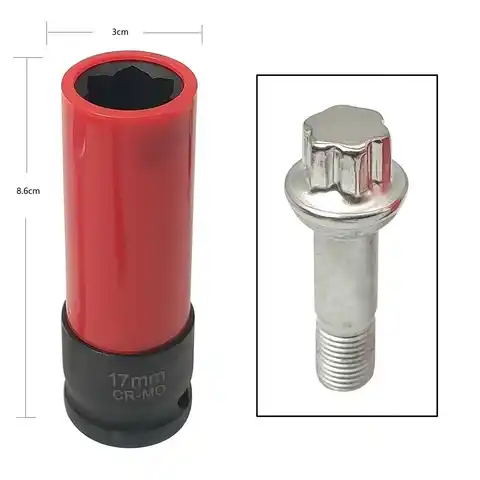 However, we always try to meet the needs of the client and make a return. In any case, we guarantee a fair treatment and will do our best to fix your suitcase.
However, we always try to meet the needs of the client and make a return. In any case, we guarantee a fair treatment and will do our best to fix your suitcase.
One of the main advantages of our service center is a team of experienced suitcase repairmen. For 12 years of active work, we have managed to assemble a close-knit team of specialists who are ready to fix a breakdown of any complexity. All masters have experience from 5 to 9 years, however, despite this, they undergo regular advanced training. The workshop uses modern European equipment, which allows repairing branded suitcases without damage. At the moment, we employ 8 specialists in 5 workshops located in different parts of Moscow. Below is the contact information for each master, with the help of which you can make an appointment with a specific specialist.
1. Andrey Dubrov
Senior foreman. Repairs suitcases in a workshop near the Aeroport metro station.